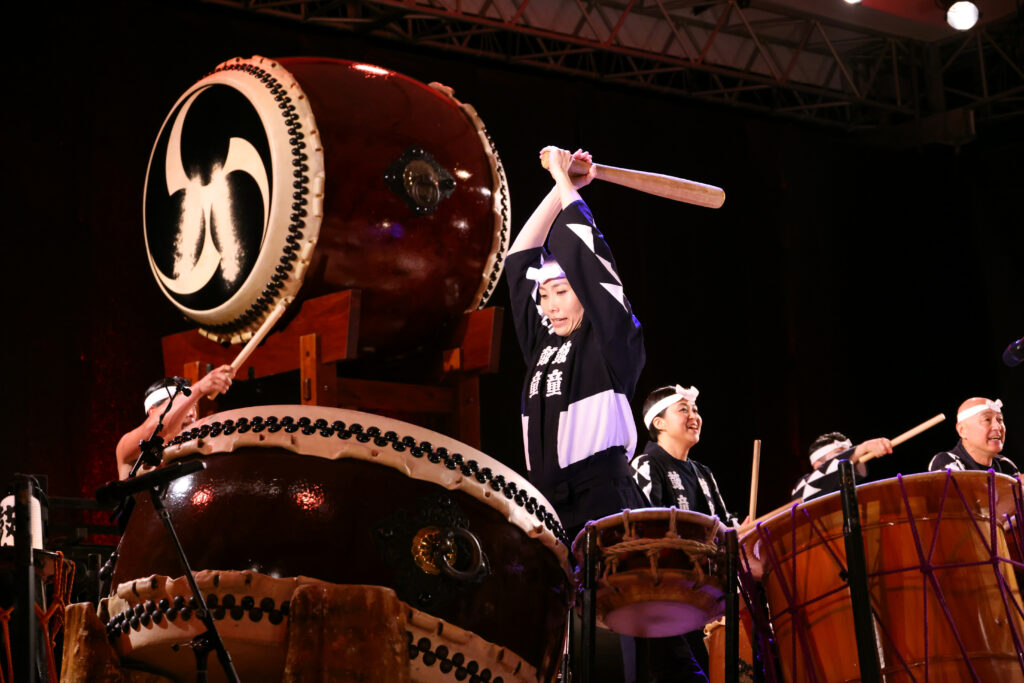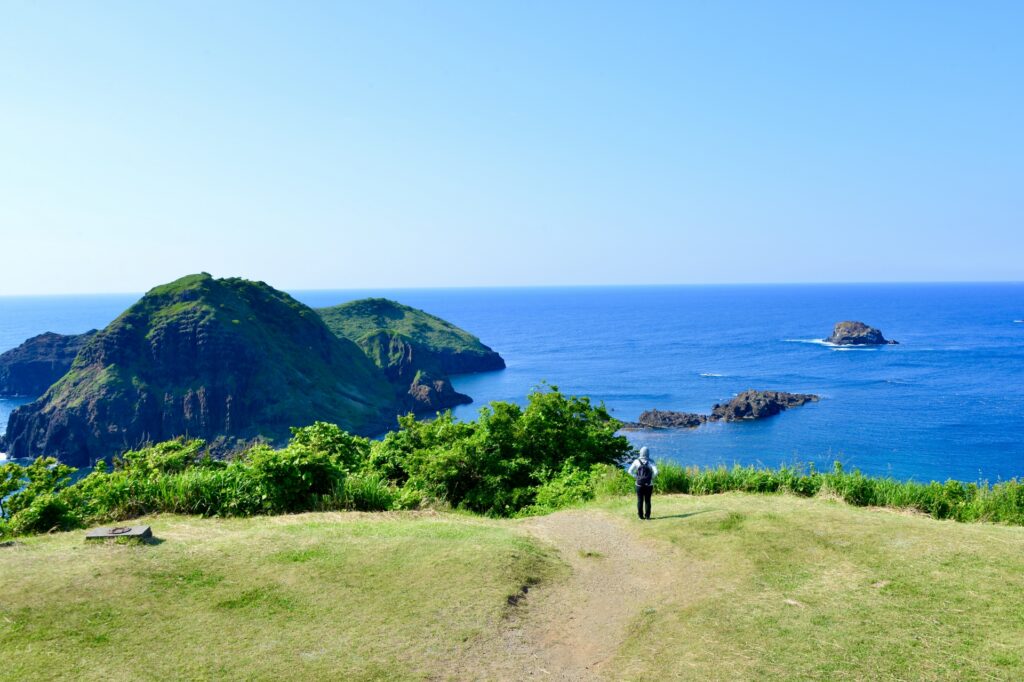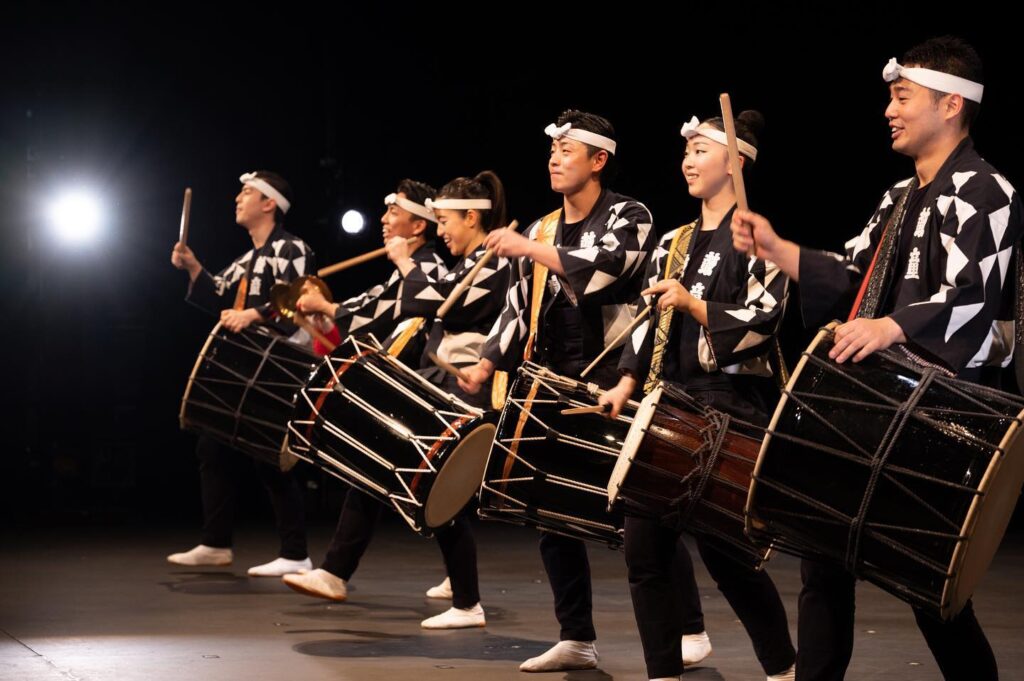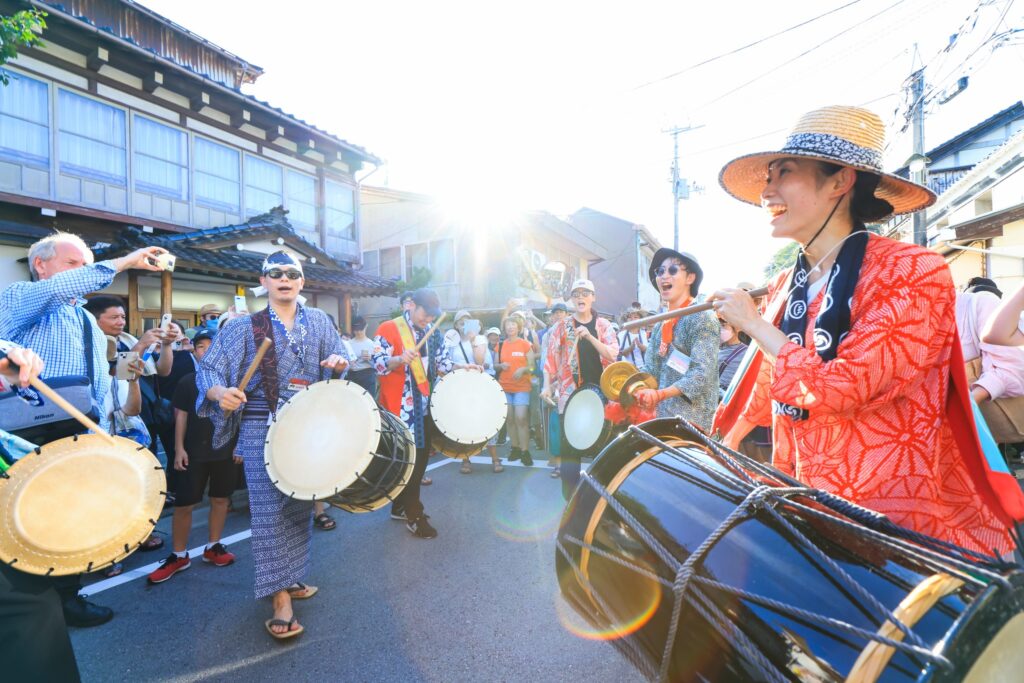
Where tradition meets transformation
Despite being one of the most technologically advanced countries in the world, many everyday norms in Japan remain surprisingly old-fashioned. For example, cash is still the preferred method of payment, official documents often require a hanko (personal seal), and I have been asked by Japanese companies to burn videos onto CDs and mail them—very, very retro (and endearingly so). Also yes, this happened in the 2020s!
The longer you live here, the more you notice the fascinating interplay between old and new, which I find to be one of the nation’s greatest charms. But what inspires me most is when tradition is not just preserved, but reimagined. In other words, when its timeless essence is honored while its boundaries are redefined to better reflect the things we value today.
So far, the most powerful example I have seen in Japan was witnessing the fierce female drummers of Kodo command the taiko, an instrument that has historically been reserved strictly for men. Especially as someone who grew up playing the drum set, often as the only girl, Kodo’s performance wasn’t just empowering—it was validating.
Redefining the “man’s instrument”

Taiko carries a legacy spanning more than 2,000 years in Japan, and its thunderous sound was once believed to be the voice of the gods. As a result, it became a sacred instrument used to offer prayers to deities, which was a responsibility entrusted exclusively to men. This, combined with long-standing beliefs about women’s physical limitations and taiko’s role on the male-dominated battlefield, cemented its image as the pinnacle of masculinity.
But times are changing.
In 2023, for the first time since Kodo’s debut in 1981, Mizuki Yoneyama* became the first woman to perform on the Odaiko (large-scale drum), the centerpiece of the show. After months of intense training and carrying the weight of this historic “first,” Yoneyama poured her soul into an electrifying ten-minute solo, delivering it with undeniable might and unwavering spirit.
To me, this moment beautifully captured what makes Kodo a shining example of evolving tradition. They are devoted to carrying forward the centuries-old spirit of taiko without being bound by rigid rules that exclude anyone by default.
While we are still very far from the finish line when it comes to equality, this milestone marks a meaningful step forward because it reflects both how far we have come and what becomes possible when talent is recognized without bias.
Visiting Sado Island, Kodo’s home ground

In 2019, just before the pandemic changed the world as we knew it, I had the opportunity to visit Sado Island, located off the coast of Niigata City. This is Kodo’s home ground, where the members train and host their biggest music festival of the year: Earth Celebration.
I could devote an entire article to painting a picture of the island’s beauty, but if I had to describe it in one word, I would choose “familiar.” Words like serene, vibrant, and spiritual also come to mind, but familiar feels the most fitting, even though it was my first time there. Maybe it was the island energy that reminded me of Hawaii, where my mom is from, but in hindsight, I think it was thanks to the warmth of the people I met. Gathered from all over Japan and the world for three days of festival magic, the community made me feel right at home, as if I had been there many times before.
One earth, one team

When the Kodo members stepped onto the stage in their iconic indigo and white happi coats, striking the taiko strapped across their shoulders, I was immediately captivated—first by their smiles, radiant in the sunset glow, and second by the incredibly complex rhythms I could hardly believe were being performed live.
Although not taiko specifically, I played drum set and other percussion instruments in school bands for about seven years, so subconsciously, my brain began analyzing their techniques and how they were achieving such stability and cohesion—all without a conductor to guide them. I could only imagine the years of grueling practice that had led them to this moment, standing proudly before the cheering crowd, so fluid in the motion of the music that their intricately rehearsed rhythms felt entirely improvised.
There is a Japanese expression, iki ga au, which literally means “our breaths match.” It’s a beautiful metaphor for being in sync with someone, as if your inhales and exhales are aligned. I particularly adore this phrase because it feels grounding. Iki—breath—is something we all share, regardless of differences in gender, cultural background, or faith, and in that way, it reminds us of our shared humanity.
For me, iki ga au perfectly captured the mastery I was witnessing. Each Kodo member brought their own flair and syncopation, yet they breathed as one. And so did we. The crowd fused into that rhythm with claps and cheers, clearly fueling the performers’ energy as much as they were powering ours.
Witnessing the female drummers on stage standing shoulder to shoulder with their male peers, while people from all corners of the globe danced joyfully with Japanese locals, filled my heart with so much love. To know that this kind of harmony is possible, that we can celebrate our differences and create something beautiful together, this truly was a celebration of the best of who we are on Earth—our planet, our shared home.
Earth Celebration 2025: The wonders to come

Earth Celebration spans three days, and this year it will take place from August 22 to 24. In addition to the main Harbour Concerts, where Kodo takes center stage and collaborates with guest artists from around the world, visitors can enjoy a variety of workshops, experiences and special fringe performances. These include special tea ceremonies conducted by Kodo members and Exadon for All, hosted by Masami “Sammy” Miyazaki, who has been a Kodo member for more than 20 years.
* Mizuki Yoneyama will not be performing at Earth Celebration 2025.
